Introduction: Importance of EPIRB in Maritime Emergencies
In the unpredictable realm of maritime environments, where rapid response is often the difference between life and death, Emergency Position Indicating Radio Beacons (EPIRBs) stand as crucial devices for ensuring the safety of vessels and their crew members. This article delves into the essential role of EPIRBs in maritime safety, exploring their definition, types, operation, benefits, and the regulatory framework governing their use.
What is an EPIRB: Definition and Purpose
An EPIRB, or Emergency Position Indicating Radio Beacon, is a distress signal device designed to transmit a radio signal in the event of an emergency at sea. Its primary purpose is to alert search and rescue authorities to the precise location of a vessel in distress, enabling a swift and coordinated response. EPIRBs are equipped with a Global Positioning System (GPS) receiver, ensuring accurate positioning information is included in the distress signal.
Types of EPIRB: Category Distinctions and Features
There are two main categories of EPIRBs:
- Category I EPIRBs: These are designed to automatically float free from a sinking vessel and activate when submerged. They are equipped with hydrostatic release mechanisms, ensuring deployment in case of a maritime emergency.
- Category II EPIRBs: Typically manually activated, these beacons are intended for use on vessels that remain afloat. They are manually deployed by the crew when distress situations arise.
EPIRBs also come in two frequencies: the traditional 121.5 MHz frequency, and the modern 406 MHz frequency, which provides more accurate positioning and is the standard for satellite-based search and rescue systems.
How Does an EPIRB Work: Operation Process Explained
When activated, an EPIRB sends a distress signal via satellite and, in the case of Category II beacons, can also emit a homing signal on the 121.5 MHz frequency for local search and rescue teams. The satellite signal ensures global coverage, allowing for a rapid response even in remote maritime regions. The integrated GPS receiver provides precise location data, significantly reducing search time and increasing the chances of successful rescue operations.
Benefits of EPIRB in Saving Lives
The primary benefit of EPIRBs is their capacity to save lives in emergencies. The swift and accurate transmission of distress signals ensures that search and rescue teams can quickly locate and reach vessels in distress. The integration of GPS technology enhances the precision of locating distressed vessels, minimizing search areas and expediting rescue operations. The timely response facilitated by EPIRBs significantly increases the likelihood of successful outcomes in maritime emergencies.
Regulations and Requirements for EPIRB Use
The use of EPIRBs is governed by international regulations, including those set by the International Maritime Organization (IMO). These regulations mandate the carriage of EPIRBs on certain types of vessels, specifying the type, frequency, and proper functioning of the beacons. Regular testing and maintenance are required to ensure the reliability of EPIRBs when needed most. Compliance with these regulations is not only a legal requirement but also a fundamental aspect of responsible maritime operation.
Conclusion: Vital Role of EPIRB in Maritime Safety
In conclusion, EPIRBs play a vital role in ensuring maritime safety by providing an effective and reliable means of signaling distress in emergencies. Their capacity to transmit accurate location data swiftly to search and rescue authorities contributes significantly to the success of rescue operations. Understanding the distinctions between EPIRB categories, their operational processes, and the regulatory requirements governing their use is essential for maritime professionals and vessel operators. As vessels traverse the unpredictable waters, the deployment of EPIRBs becomes more than a safety measure; it becomes a beacon of hope, enabling a rapid and coordinated response that can make all the difference in saving lives at sea.

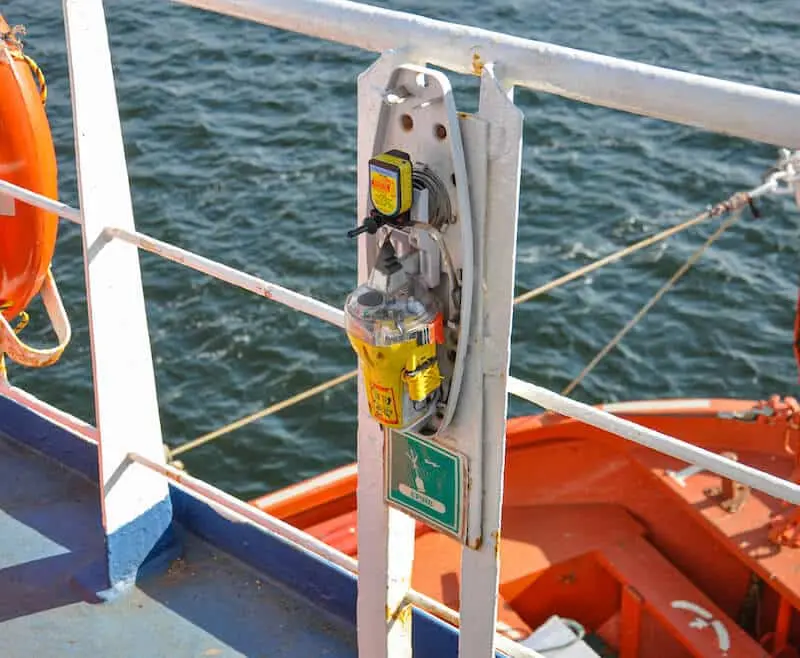
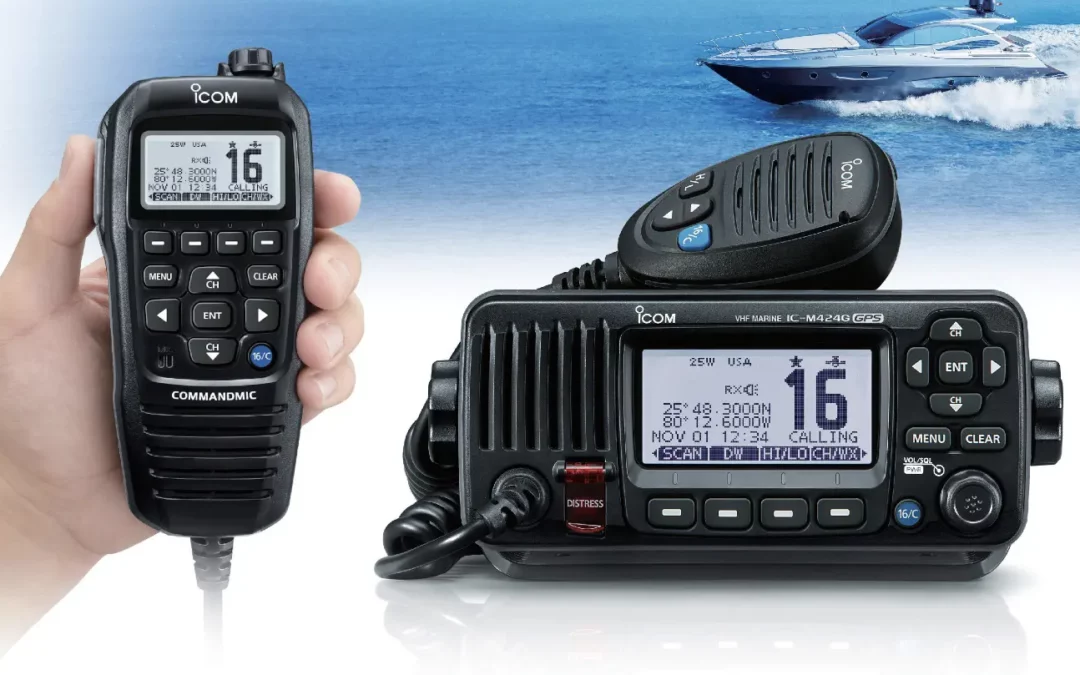

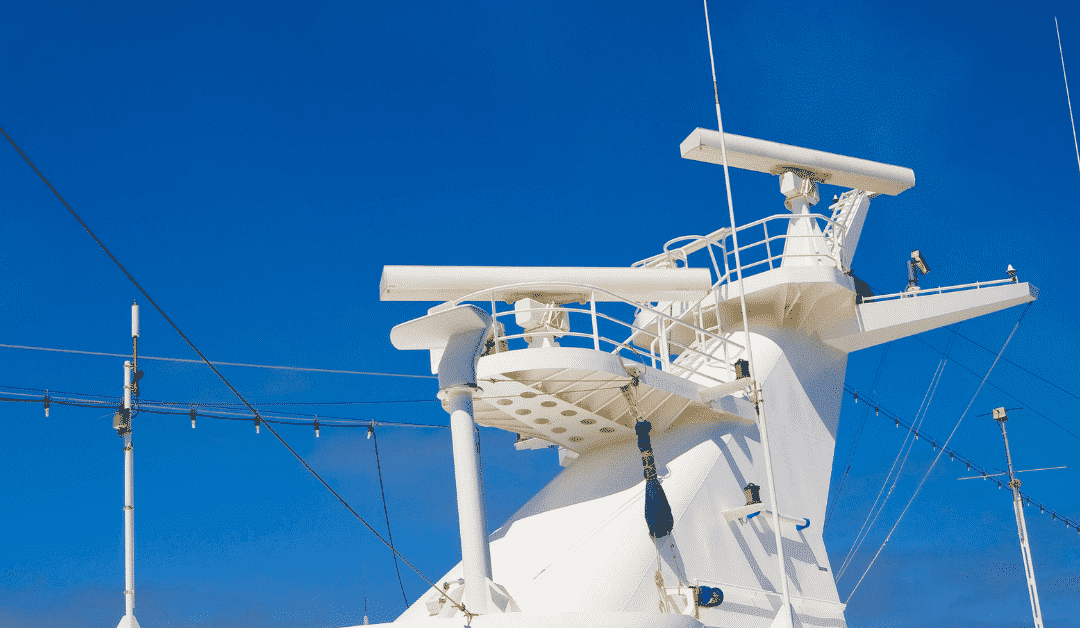
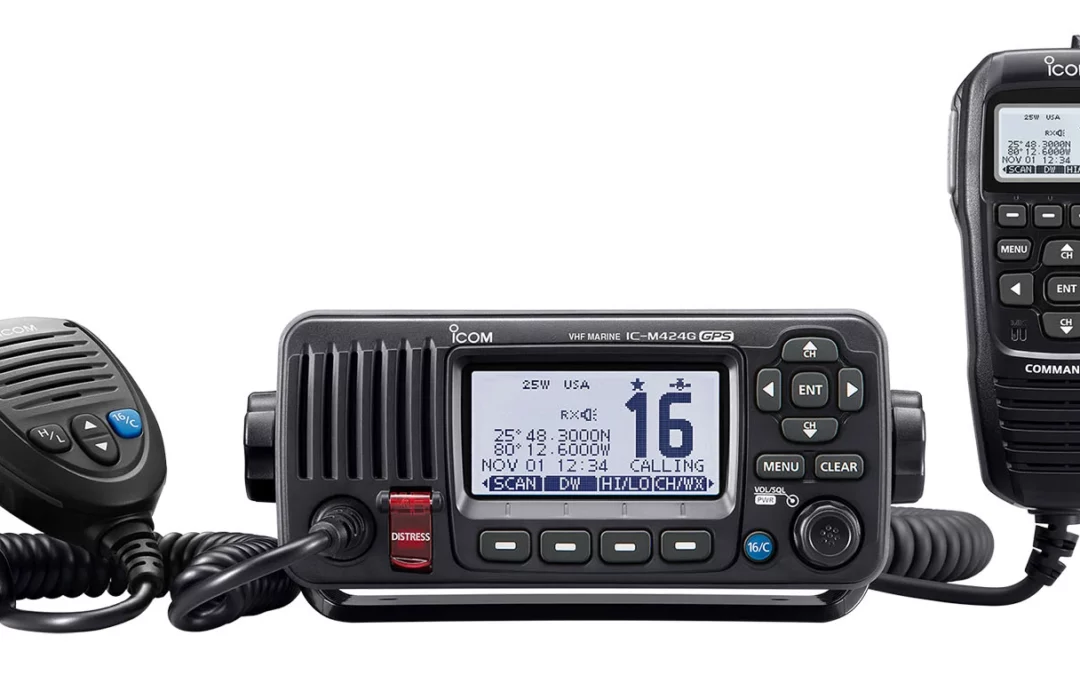
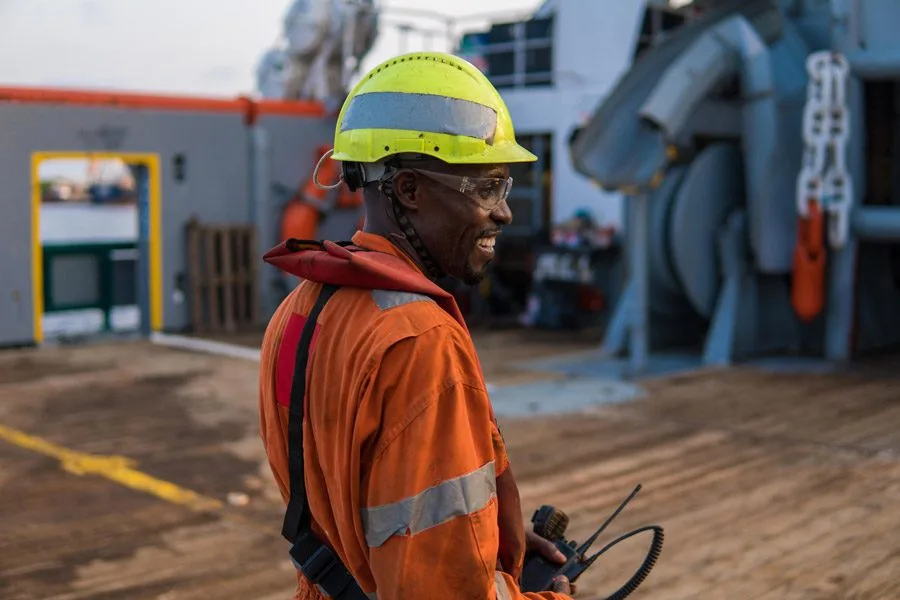

0 Comments